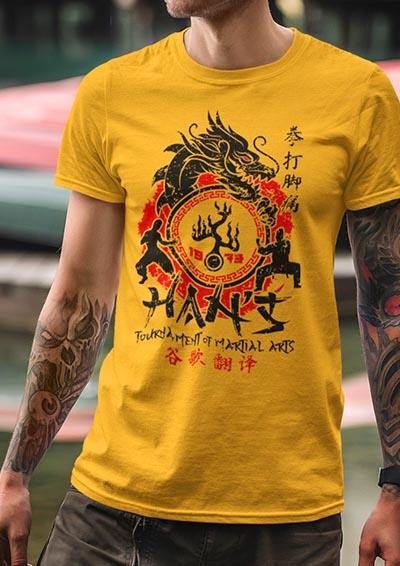A cult film or cult movie, also commonly referred to as a cult classic, is a film that has acquired a cult following.
The term cult film itself was first used in the 1970s to describe the culture that surrounded underground films and midnight movies, though cult was in common use in film analysis for decades prior to that.
Cult films trace their origin back to controversial and suppressed films kept alive by dedicated fans. After failing in the cinema, some cult films have become regular fixtures on cable television or profitable sellers on home video.
Cult films can both appeal to specific subcultures and form their own subcultures. Cult films frequently break cultural taboos, and many feature excessive displays of violence, gore, sexuality, profanity, or combinations thereof.
Mainstream films and big-budget blockbusters have attracted cult followings similar to more underground and lesser-known films; fans of these films often emphasize the films' niche appeal and reject the more popular aspects.
Likewise, fans who stray from accepted subcultural scripts may experience similar rejection.
A cult film is any film that has a cult following, although the term is not easily defined and can be applied to a wide variety of films though some definitions exclude films that have been released by major studios or have big budgets, that try specifically to become cult films or become accepted by mainstream audiences and critics.
This may take the form of elaborate and ritualized audience participation, film festivals, or cosplay.
Over time, the definition has become more vague and inclusive as it drifts away from earlier, stricter views.
Underground film festivals led to the creation of midnight movies, which attracted cult followings. Midnight movies became more popular and mainstream, peaking with the release of The Rocky Horror Picture Show (1975), which finally found its audience several years after its release.
For example, The Beastmaster (1982), despite its failure at the box office, became one of the most played movies on American cable television and developed into a cult film.
Home video and television broadcasts of cult films were initially greeted with hostility. B films, which are often conflated with exploitation, are as important to cult films as exploitation.
Films like Galaxy Quest (1999) highlight the importance of cult followings and fandom to science fiction; authentic martial arts skills in Hong Kong action films can drive them to become cult favorites.
Foreign cinema can put a different spin on popular genres, such as Japanese horror, which was initially a cult favorite in America.
The early cult horror films of Peter Jackson were so strongly associated with his homeland that they affected the international reputation of New Zealand and its cinema.
Heavenly Creatures (1994) acquired its own cult following, became a part of New Zealand's national identity, and paved the way for big-budget, Hollywood-style epics, such as Jackson's The Lord of the Rings trilogy.
Writing in Defining Cult Movies, Jancovich et al. quote academic Jeffrey Sconce, who defines cult films in terms of para cinema, marginal films that exist outside critical and cultural acceptance: everything from exploitation to beach party musicals to softcore pornography.
However, they reject cult films as having a single unifying feature; instead, they state that cult films are united in their "subcultural ideology" and opposition to mainstream tastes, itself a vague and undefinable term.
Cult followings themselves can range from adoration to contempt, and they have little in common except for their celebration of nonconformity – even the bad films ridiculed by fans are artistically nonconformist, albeit unintentionally.





























